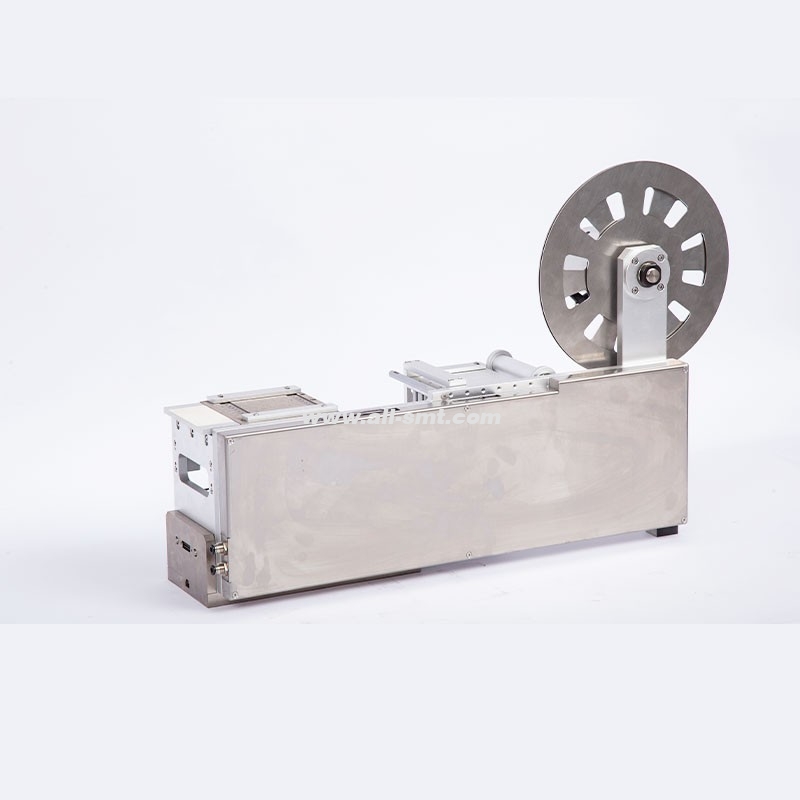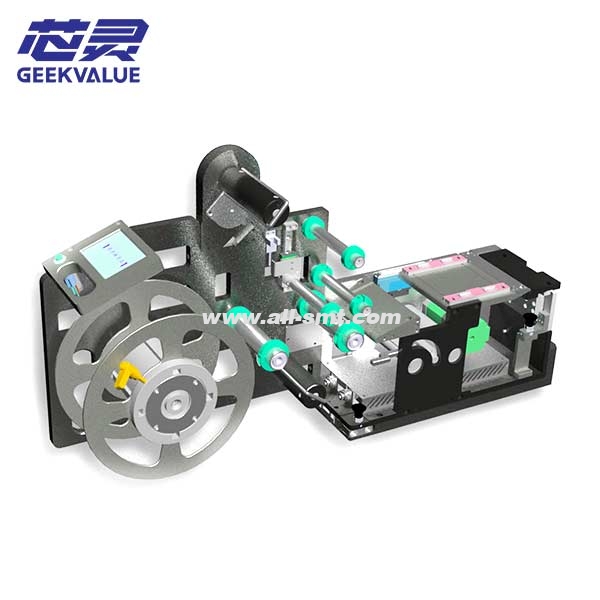In the world of modern manufacturing, automation is key to efficiency. Flexible feeders play a crucial role in automated systems, particularly in industries like electronics manufacturing, automotive, and medical devices. But what exactly are flexible feeders, and why should you consider them for your production line?

How Do Flexible Feeders Work?
A flexible feeder is an automated system that uses a combination of vibration, airflow, or magnetic forces to handle and position components. Unlike traditional feeders, which may require specific fixtures for different parts, flexible feeders can adapt to a variety of shapes and sizes. They are particularly useful in high-mix, low-volume production, where the types of components change frequently.
The Technology Behind Flexible Feeders
Flexible feeders rely on precision and automation to guide parts to the right position for placement. Vision systems integrated with feeders ensure the right alignment, minimizing human error and increasing accuracy.
Why Choose a Flexible Feeder?
There are several key benefits that make flexible feeders an attractive option for manufacturers:
Versatility: They can handle a variety of components without the need for custom tooling.
Efficiency: Reduced setup times and less downtime between production runs.
Cost-Effectiveness: They save on labor costs and reduce the risk of human error.
Advantages of Flexible Feeders in Manufacturing
Flexible feeders can drastically improve production efficiency. Here’s how:
They reduce human intervention, leading to fewer errors.
They optimize space by being compact and adaptable.

Applications of Flexible Feeders
Flexible feeders are used across various industries, such as:
Electronics: Feeding small parts to pick-and-place machines for PCB assembly.
Automotive: Handling and feeding metal parts for assembly lines.
Medical Devices: Ensuring precision and accuracy in highly regulated environments.
A flexible feeder is not just an advanced tool; it's an essential component for manufacturers seeking to improve efficiency, accuracy, and adaptability in their production lines. Whether you're in electronics, automotive, or another industry, the benefits of adopting a flexible feeder are clear.



